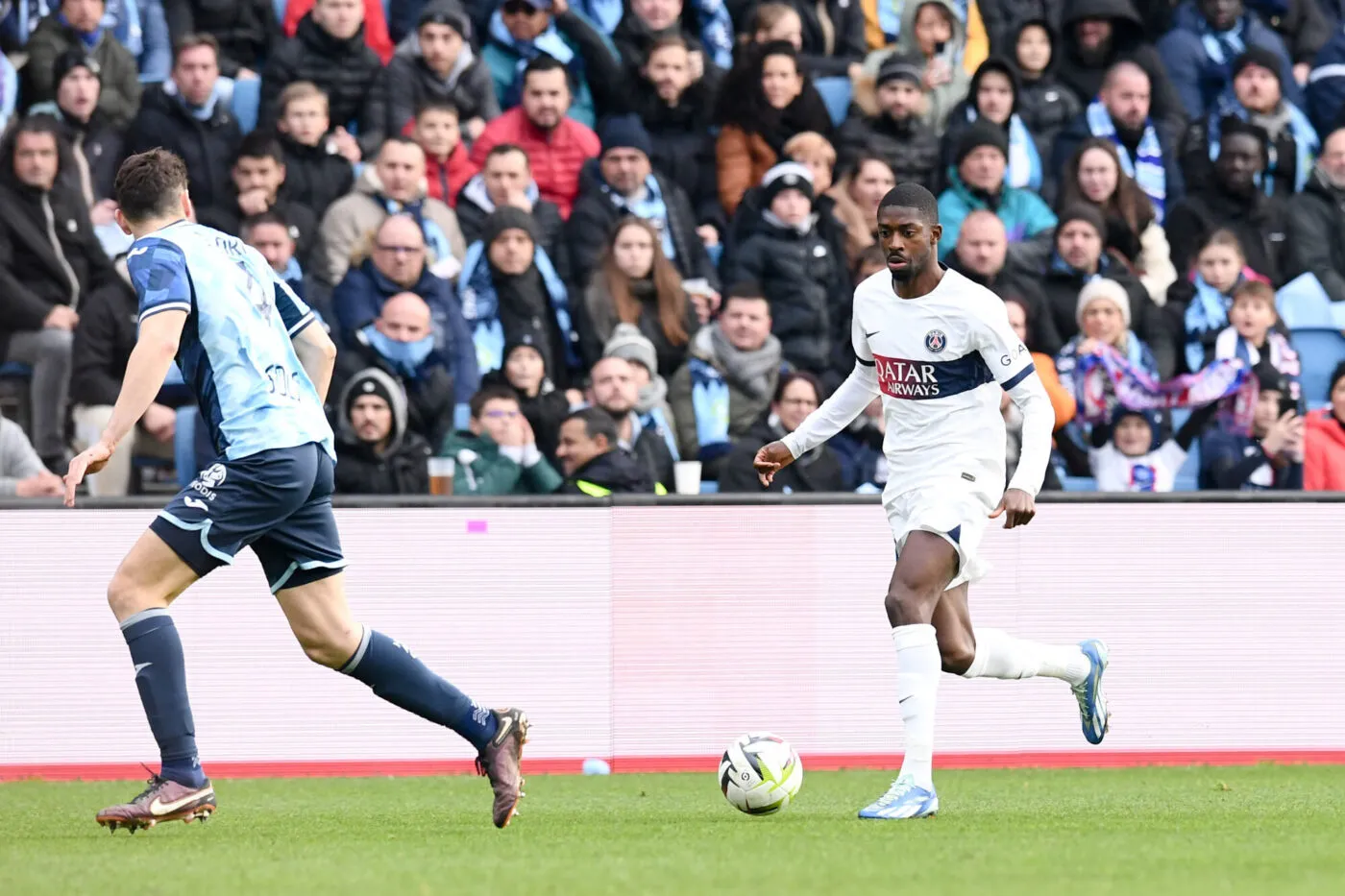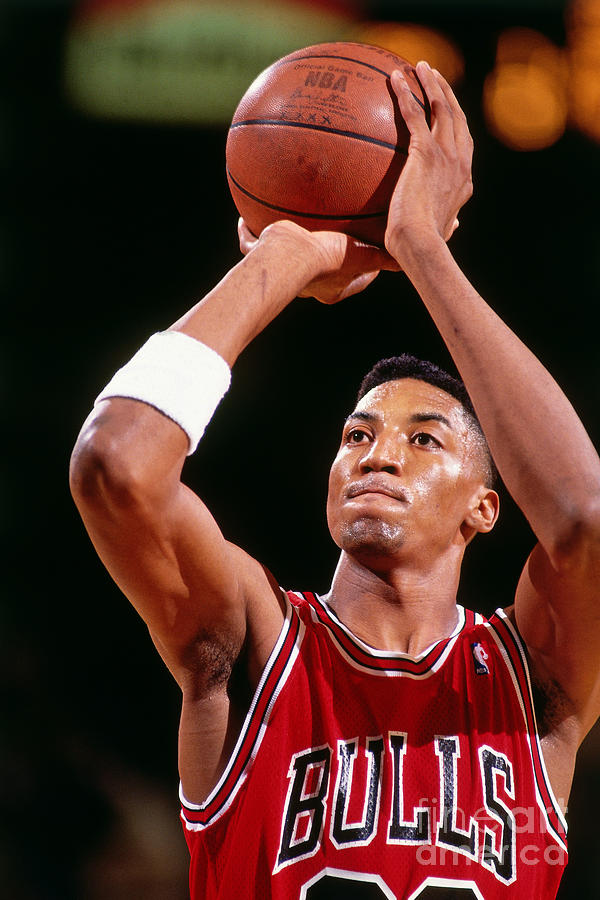The iron claw, a fascinating blend of artistry and engineering, has captured the imagination of many over the centuries. From historical weaponry to contemporary art installations, the concept of an iron claw represents both functionality and aesthetic appeal. This article delves into the intricate processes involved in creating an iron claw, exploring its history, design considerations, materials, and modern applications.
Historical Context of the Iron Claw

The iron claw has its roots in ancient weaponry, where it served both practical and symbolic purposes. Historical records indicate that various cultures utilized claw-like weapons in combat, often designed to inflict maximum damage to opponents.
- Medieval Europe: Knights used gauntlets with claw-like extensions for hand-to-hand combat, providing both protection and offensive capability.
- Asian Martial Arts: In various martial arts traditions, claw weapons were crafted to enhance dexterity and striking power.
- Symbolism: The iron claw has also been used as a symbol of strength and dominance, often appearing in heraldry and art.
The Design Process: Art Meets Science
Creating an iron claw is not merely a matter of forging metal; it involves a meticulous design process that combines artistic vision with engineering principles. The following steps outline the critical aspects of this process:
1. Conceptualization
Before any physical work begins, a strong conceptual foundation is essential. This phase includes:
- Sketching initial designs, considering both functionality and aesthetics.
- Researching historical precedents and contemporary interpretations.
- Identifying the intended use of the iron claw, whether for combat, performance art, or as a decorative piece.
2. Material Selection
The choice of materials plays a pivotal role in the performance and appearance of the iron claw. Common materials include:
- Iron: Traditional choice known for its strength and durability.
- Steel: Offers greater tensile strength and resistance to wear.
- Alloys: Special combinations can provide unique properties like corrosion resistance.
3. Prototyping
Once the design and materials are finalized, the prototyping phase begins. This involves:
- Creating a scale model using less expensive materials.
- Testing ergonomics and functionality to ensure comfort and practicality.
- Making adjustments based on feedback from potential users or experts.
Techniques for Crafting an Iron Claw
The actual crafting of an iron claw can involve various techniques, depending on the desired outcome. Key methods include:
1. Forging
Forging is the traditional method used in creating iron and steel objects. The process involves:
- Heating iron or steel until malleable.
- Shaping it through hammering or pressing.
- Quenching in water or oil to harden the material.
2. Casting
In some cases, casting may be employed, particularly for intricate designs. This method consists of:
- Creating a mold based on the design.
- Pouring molten metal into the mold.
- Allowing it to cool and solidify before removal.
3. Welding and Assembly
After individual components are created, they must be assembled. This often requires:
- Welding parts together for strength and stability.
- Polishing and finishing surfaces for aesthetic appeal.
- Testing the final product for functionality and balance.
Modern Applications of Iron Claws
While the historical significance of iron claws is undeniable, their modern applications are equally noteworthy. Today’s creations may be found in various fields, including:
1. Performance Art

Artists and performers have adopted iron claws in theatrical productions and circus acts, using them to enhance storytelling through physicality and symbolism. Notable examples include:
- Acrobatic performances where claws are part of the costume, augmenting the dramatic effect.
- Interactive art installations that invite audience participation, using claw-like mechanisms.
2. Film and Television
In the entertainment industry, iron claws are often used as props in action films and fantasy series. They serve to:
- Enhance character design, making them more memorable.
- Contribute to fight choreography, providing unique visual elements.
3. Robotics and Engineering
The principles behind creating an iron claw have applications in robotics. Engineers apply similar design and fabrication techniques to create robotic claws for various uses, including:
- Industrial robots that require precision gripping capabilities.
- Assistive devices for individuals with mobility challenges, offering enhanced dexterity.
Case Study: The Claw Machine

A fascinating example of the application of claw-like mechanics is the claw machine, commonly found in arcades. These machines operate on principles of engineering and design similar to those of a traditional iron claw:
- Mechanics: The claw is controlled by a series of motors and gears, allowing for precise movement.
- Design: The claw’s design must consider the weight and size of the prizes, ensuring it can securely grab and lift them.
- Statistics: Many claw machines have a payout percentage of around 20-30%, showcasing the balance between challenge and reward.
Conclusion: The Interplay of Art and Science
The creation of an iron claw is a remarkable intersection of art and science, showcasing the ingenuity of human creativity. From its historical roots in weaponry to its modern applications in performance art and robotics, the iron claw serves multiple purposes, each requiring a unique blend of design, material selection, and crafting techniques.
Key takeaways from this exploration include:
- The historical significance of the iron claw as both a weapon and a symbol of strength.
- The importance of a well-thought-out design process that merges aesthetics with functionality.
- The diverse modern applications of iron claws, from artistic expressions to advanced engineering solutions.
As we continue to innovate and explore new materials and techniques, the iron claw will undoubtedly evolve, remaining a testament to the enduring relationship between art and science.










